Over the weekend of January 26, the National Hockey League (NHL) put on their annual All-Star Weekend. Given that I am an avid hockey fan, I kept tabs on the process all weekend as we transitioned into a new semester. My thoughts on the NHL All-Star game are varied and complex and contain complaints for another time. This All-Star Weekend, what stuck out to me was the mistreatment of female hockey players invited by the league to participate.
For those who don’t know, women’s professional hockey has seen a lot of growth in recent years. For the longest time, the professional and international stage was largely closed to women in the sport, and the ability to develop more comprehensive programs from grade school through college was hindered by these restrictions. However, the determination and talent of female players finally forced the sport onto the world stage. In 1998, the Winter Olympics iced its first-ever women’s hockey tournament, which saw the U.S. team triumph over the Canadians and helped fuel a national rivalry that is on par with that of the men’s teams. Success at the Olympic level helped introduce the world, particularly North America, to the beauty of women’s hockey. A game played slightly differently than men’s, women’s hockey lacks checking, which allows the already fast sport to move even more quickly and highlights player’s artistry. The effect of women’s inclusion in the Olympics can’t be understated; between 1995 and 2005, the sport saw a four hundred percent increase in participation.
As participation continued to rise, so did the demand for a professional league for female hockey players. A field with limited opportunities, most players will only ever play recreationally after college. In 2007, the Canadian Women’s Hockey League (CWHL) rose to meet that challenge, establishing a professional hockey league for women that currently has six teams throughout the United States, Canada and China. While the league takes care of most travel and equipment costs, players in the CWHL were not paid for their work when the league was founded. In 2015, the National Women’s Hockey League was established in the United States. With five teams currently competing, it is the first ever league to pay their female players. However, with an estimated operating budget of only $2.5 million, players receive very little in the way of salary. As of 2016, the league minimum contract a player can be offered is $5,000 annually. The NHL’s league minimum salary in the 2017-2018 season was $650,000. For the 2017-2018 season, the CWHL announced that it would begin paying its players with salaries similar to those of the NWHL. Needless to say, the women’s leagues and the NHL face different financial realities because of where they are in the development of their respective sports.
These financial disparities became more apparent this All-Star Weekend. One of the main components of the weekend is a skills competition in which the various “all-star” players demonstrate their talents such as shooting accuracy, passing accuracy and speed. The winner of each competition receives a $25,000 prize. In this year’s All-Star Weekend, as in last year’s, big names in women’s hockey were invited to “showcase” in each of these events. U.S. Olympian Kendall Coyne participated in the fastest skater course, clocking a time of 14.346 seconds, less than a second behind the winner of the event. Coyne also became the first female player to compete in this event, taking the spot of injured Colorado Avalanche forward Nathan MacKinnon. Canadian Olympians Rebecca Johnston and Renata Fast also participated in the puck handling challenge and shooting accuracy competition, respectively.
The most stand out female participant of the night, however, was U.S. Olympian Brianna Decker. Decker, who has both silver and gold Olympic medals, competed in the passing drill in an impressive feat that was never aired but nonetheless made the rounds on social media during the weekend. Her time, which was reported on Twitter as a minute and six seconds, easily bests the declared winner, Edmonton Oiler’s Leon Draisaitl, who walked away with a time of one minute and nine seconds and $25,000 in prize money. Decker, who plays for the Calgary Inferno of the CWHL, makes $22,000 annually. Draisaitl makes $8.5 million.
When it became clear that Draisaitl was declared the winner over Decker, a social media campaign to #PayDecker immediately sprung up. While the NHL did not pay Decker, hockey equipment company CCM did, rewarding her $25,000 themselves. On Friday night, following the skills competition, the NHL announced that instead of prize money, they would donate $25,000 to a charity of each of the four female players choice. While the four Olympians praised the donations and the exposure, it seems as though the NHL has, once again, missed the point.
Clearly, the concept of mixed gender competition was not out of the question for the evening, as Coyne’s attempt in the fastest skater was officially recorded and counted for the event. Why should the passing drill be any different? It is a competition, with a prize incentive, and Decker was the best participant. The NHL is no stranger to making donations during All-Star Weekend. In 2015, when the competition took place in Columbus, Ohio, corporate sponsor Honda offered a free Accord to the player drafted last in the All-Star draft. Prolific goal-scorer and forward for the Washington Capitals Alex Ovechkin made clear to both the crowd and the cameras that he wanted to go last in the draft and win the car, surprising for one of the most talented stars to ever play the game who was currently on a $10 million per year contract. When Ovechkin was picked third to last, his intentions were revealed: he wanted to win the car for a local youth hockey program in Washington D.C. Moved by his generosity, Honda donated an Accord to the team anyway.
While Ovechkin’s, and Honda’s, actions were certainly praise-worthy, the attempt by the NHL to replicate this in 2019 was misguided and particularly tone deaf. The total amount of prize money awarded that day was $100,000, barely a drop in the bucket of the NHL’s increasing budget. That same drop is more than these women earn annually, playing virtually the same game as the men. When Decker posted the fastest time in the competition, the NHL had an incredible opportunity to award her the prize money, which would have elevated the women’s game and rewarded the talent of its players. In addition, it also would have been the perfect opportunity for the NHL to highlight the wage disparity between the two leagues and encourage fans to support the NWHL by buying merchandise and attending the games. While the NHL certainly did a good thing by donating a sizeable amount of funds in the women’s names, they missed a large opportunity to elevate the women’s game to their own audience and show that theirs is a sport to take seriously.


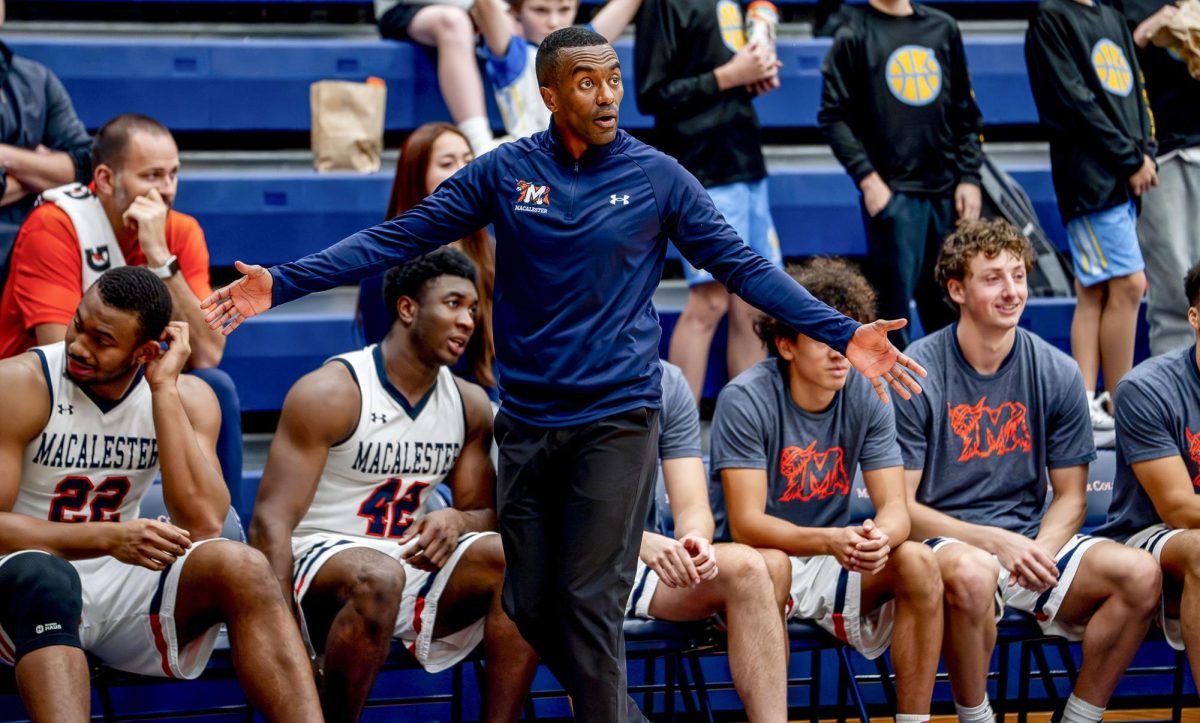


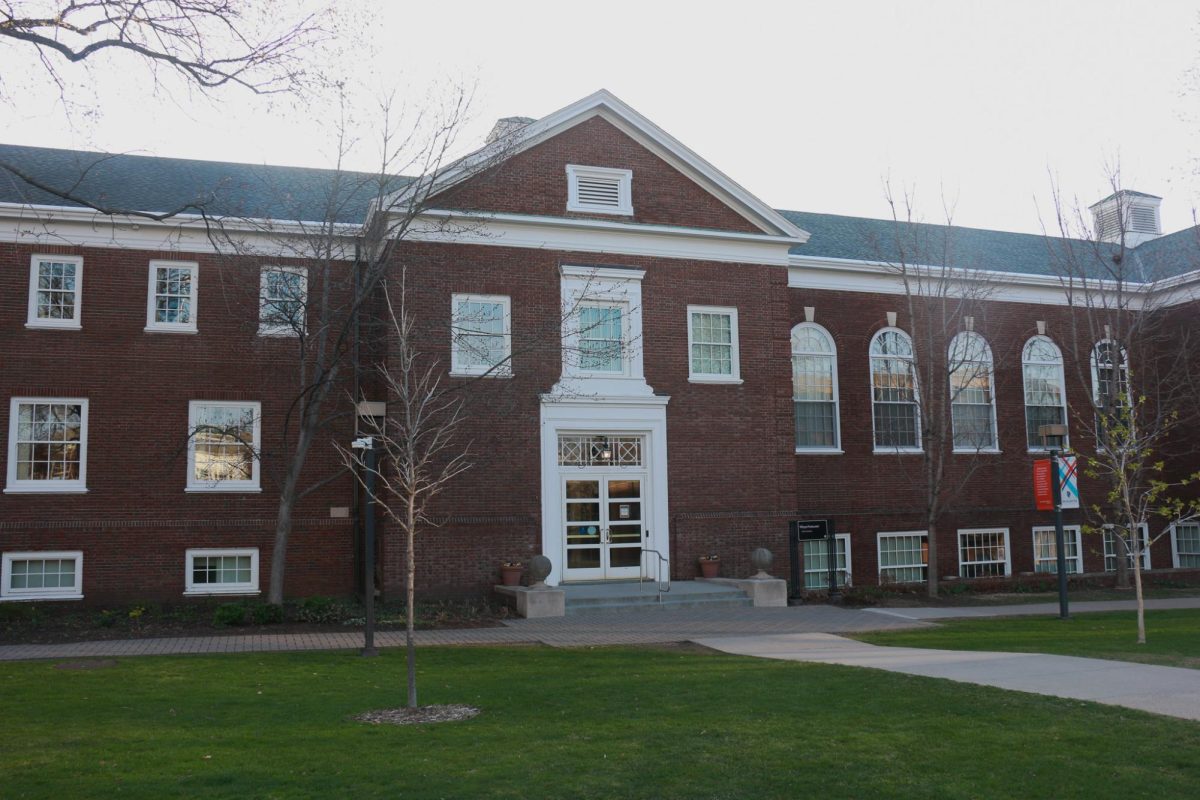
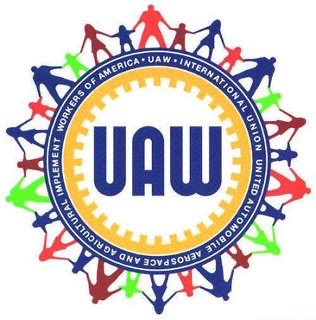

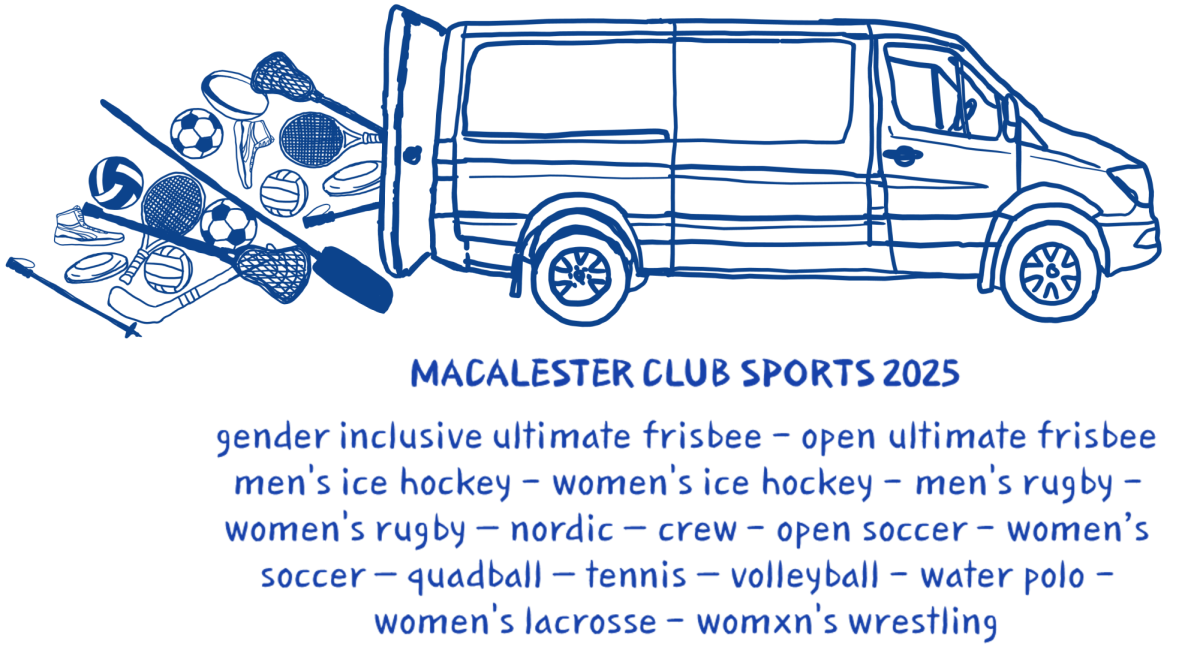


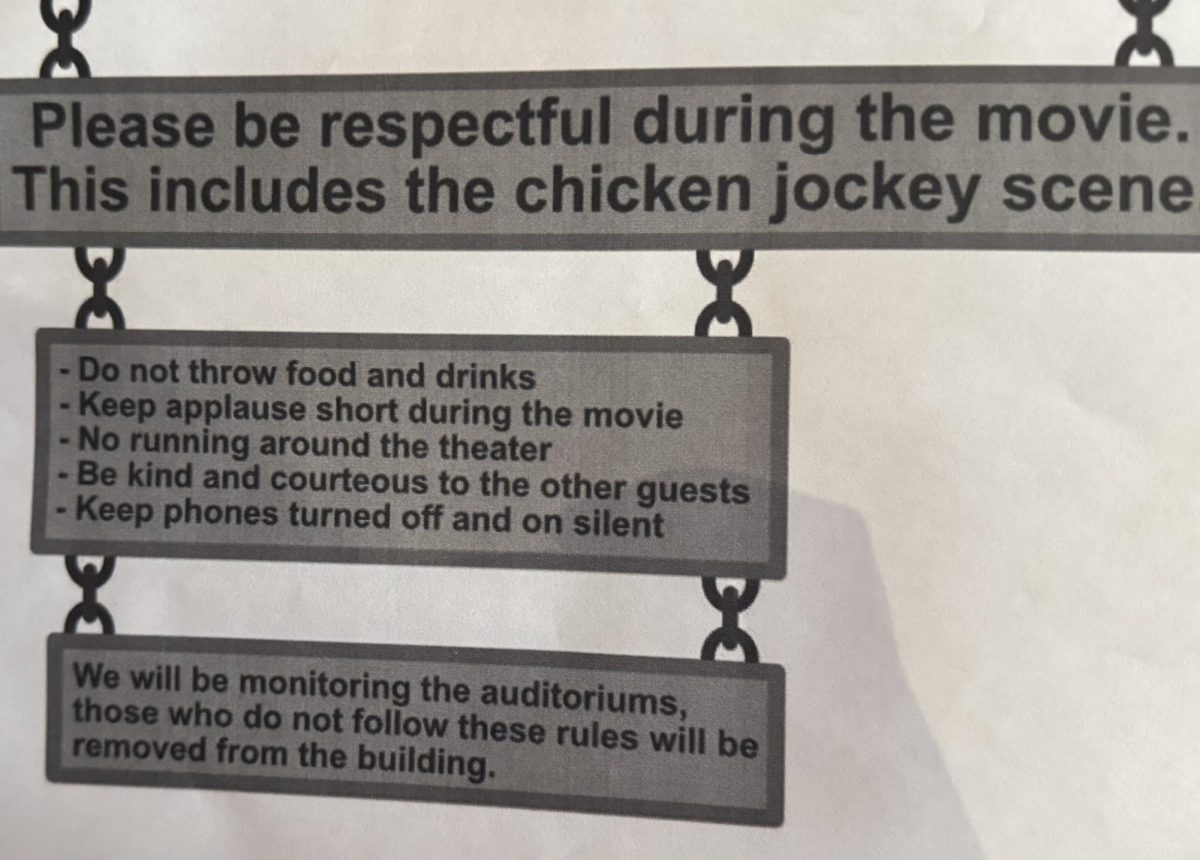

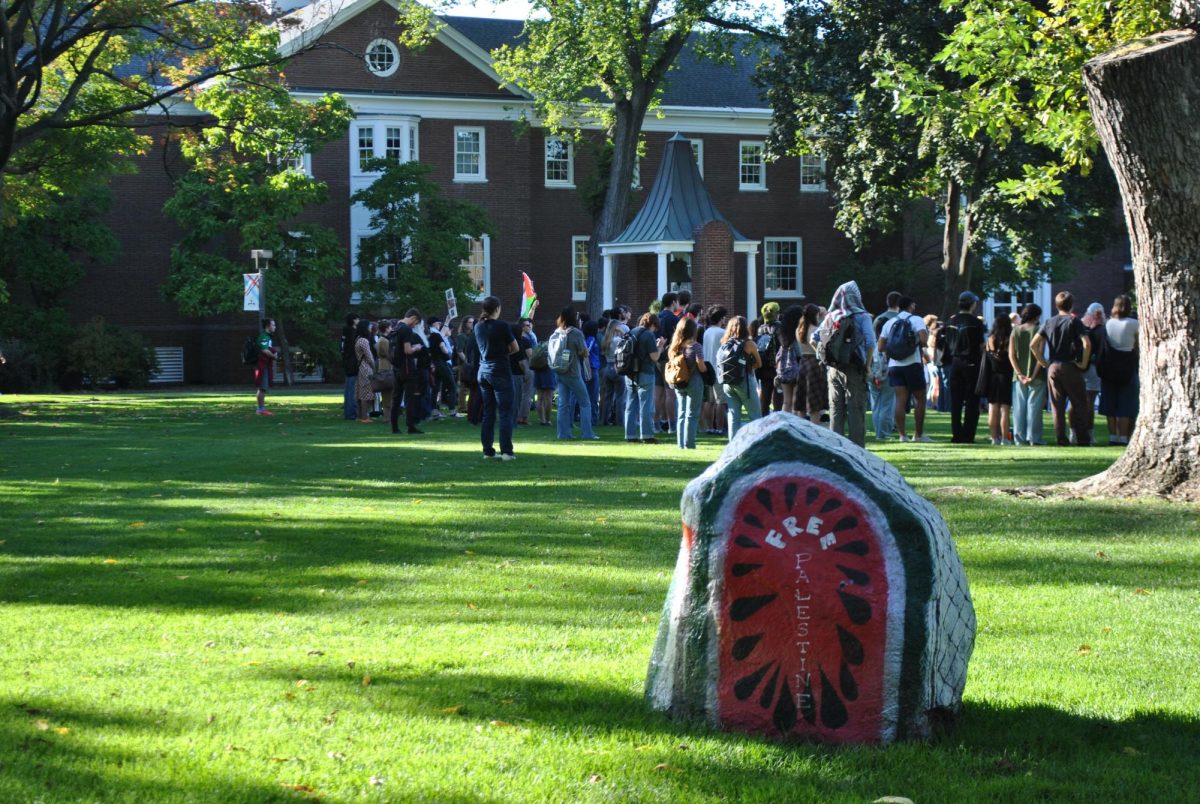

Kylie Dowd • Sep 11, 2019 at 4:35 pm
Generally I don’t read post on blogs, but I would like to say that this write-up very compelled me to try and do it! Your writing taste has been surprised me. Thank you, quite nice post.
Boris Harris • Sep 9, 2019 at 7:58 am
I’d also like to state that most people that find themselves devoid of health insurance are generally students, self-employed and those that are out of work. More than half on the uninsured are under the age of 35. They do not come to feel they are requiring health insurance since they are young as well as healthy. The income is typically spent on real estate, food, plus entertainment. Many people that do work either whole or part-time are not made available insurance through their work so they move without because of the rising valuation on health insurance in the states. Thanks for the strategies you share through your blog.
Michaele Sjaarda • Jul 23, 2019 at 5:30 am
Mass parsite http://bit.ly/2W9CVkn